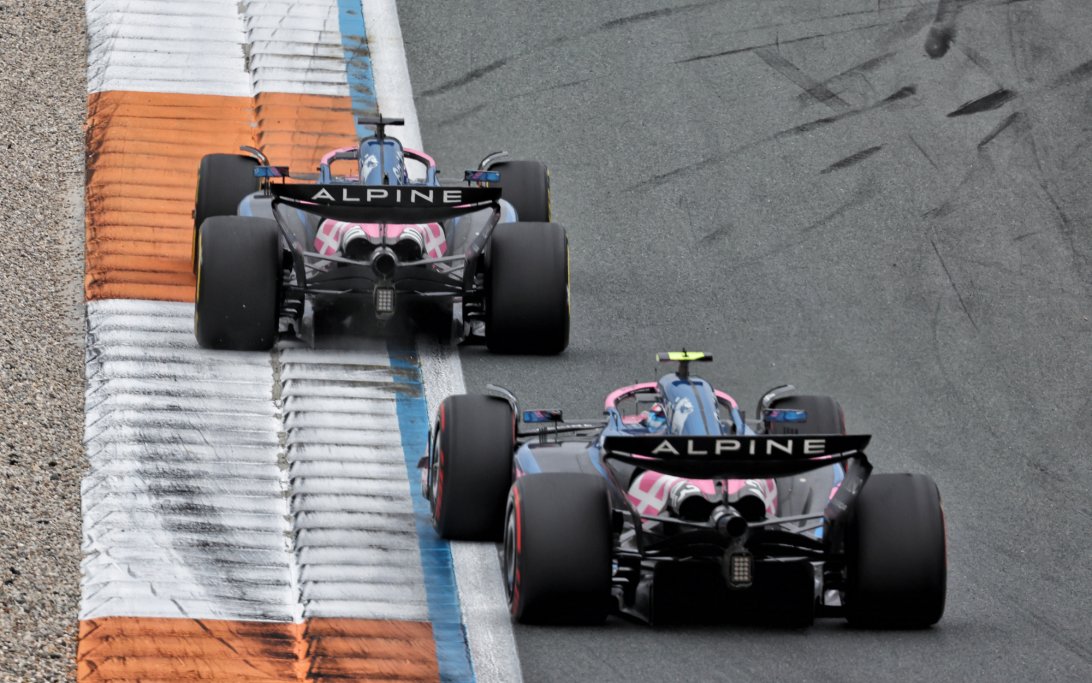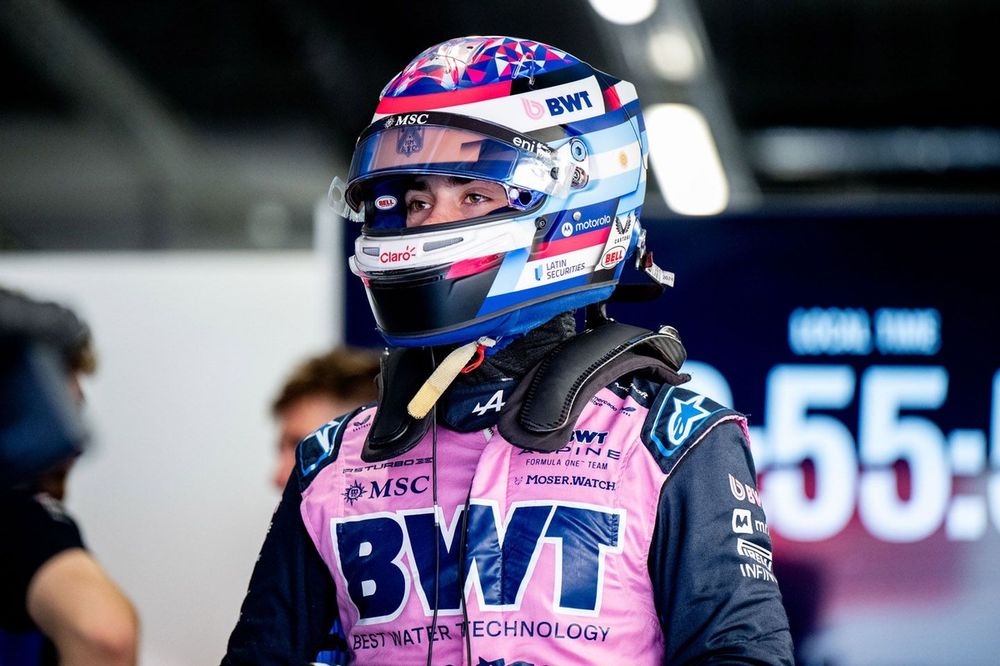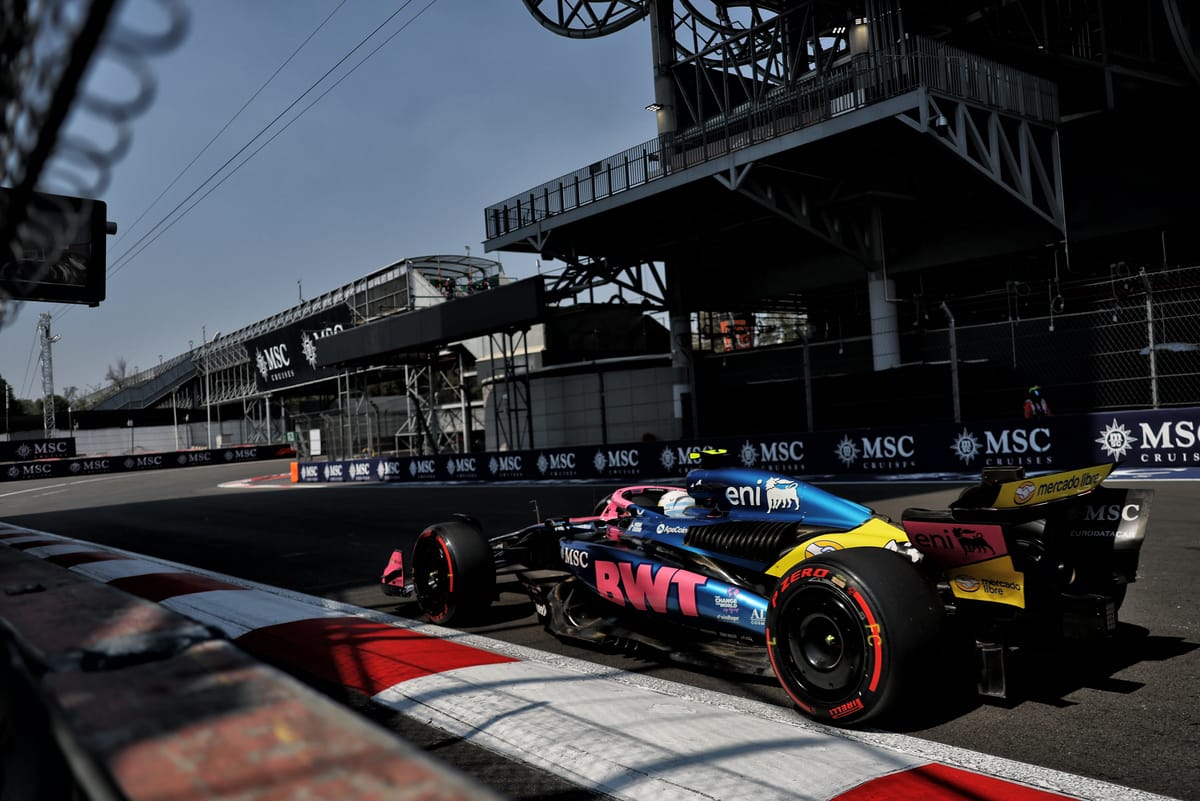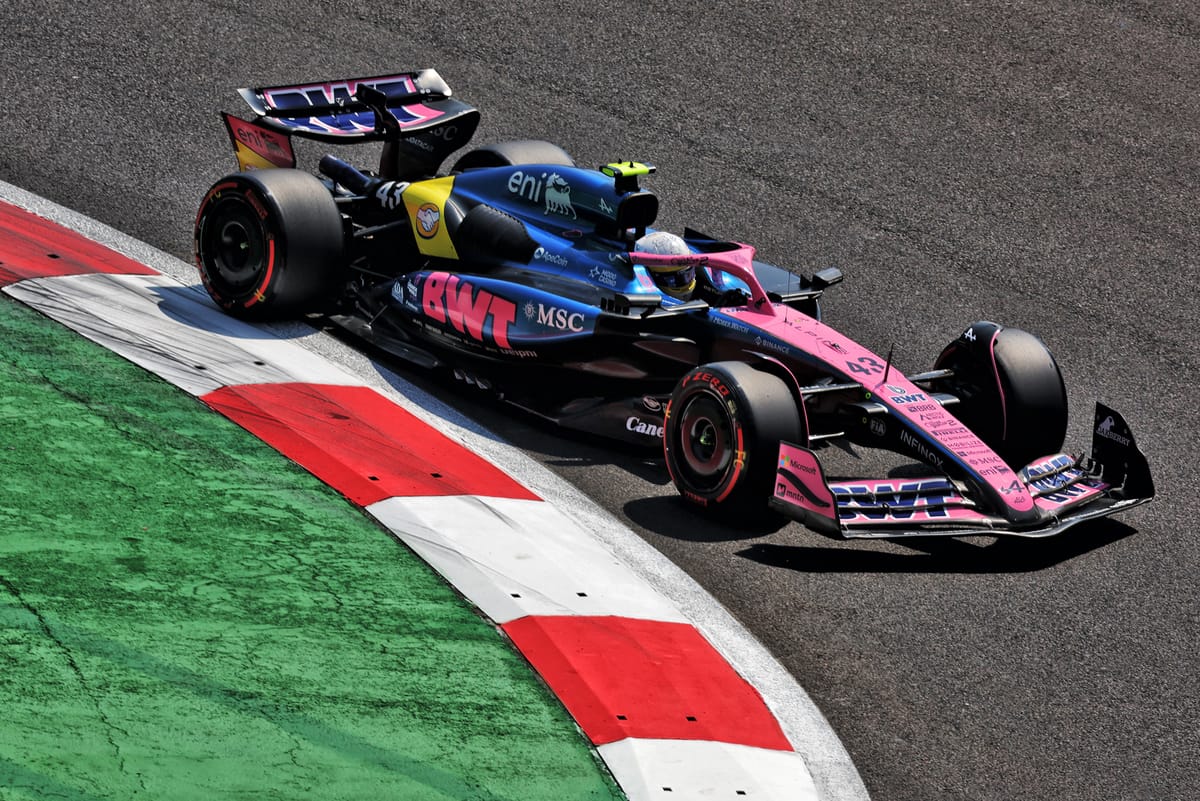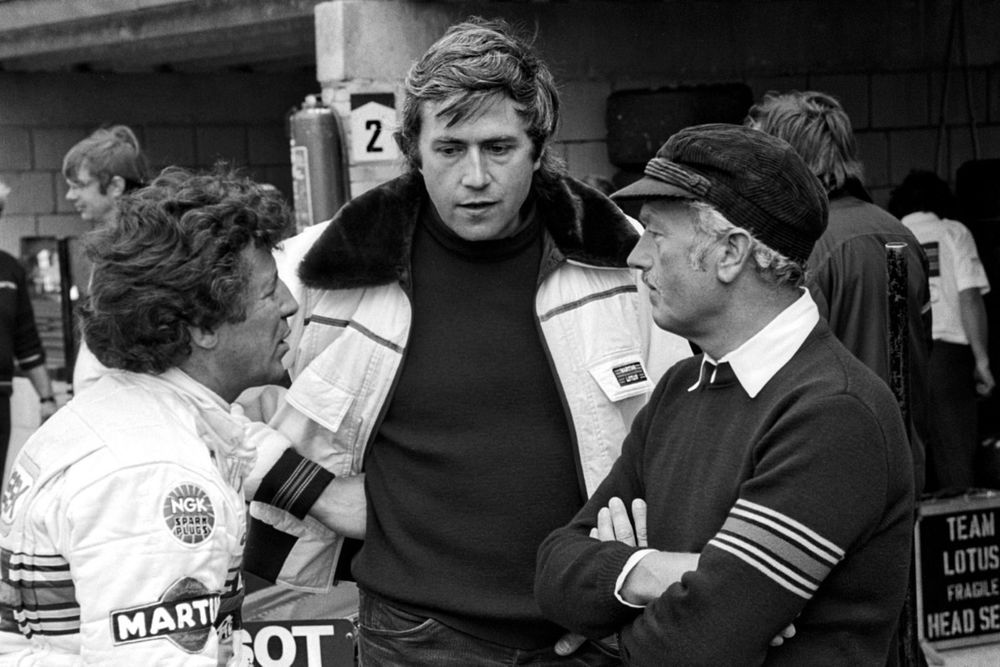
F1 Ground-Effect Pioneer Peter Wright Passes Away at 79
Visionary British engineer and technical journalist Peter Wright, a pivotal figure in Formula 1 history, has passed away at the age of 79. Wright's quiet but profound influence reshaped motor racing, particularly through his groundbreaking work on ground-effect aerodynamics, which laid the foundation for modern F1 car design.
Why it matters:
Peter Wright's contributions extended beyond pioneering ground effect; he was also instrumental in introducing data logging systems to F1 and developing active suspension. His work directly led to championships and significantly advanced vehicle safety, impacting both racing and the broader automotive industry. His legacy continues to shape how F1 cars are designed and how driver safety is prioritized.
The Details:
- Early Innovations: After graduating from Cambridge in 1967, Wright began his F1 journey at BRM, where he first experimented with generating downforce through car bodywork rather than conventional wings.
- Ground Effect Breakthrough: While at Lotus with Tony Rudd, Wright discovered that sealing the floor edges of a car was crucial for generating negative pressure, leading to the development of the revolutionary Lotus 78 and the championship-winning Lotus 79 in 1978 with Mario Andretti.
- The Lotus 79's success marked a paradigm shift in F1 car design, emphasizing aerodynamic efficiency and underbody airflow.
- Data Logging Pioneer: Wright was the first engineer to fit a data logging system to an F1 car, using technology adapted from aircraft to gather real-time performance data, a practice now indispensable in motorsport.
- Active Suspension Development: He later moved to Lotus Engineering, where he worked on early active suspension systems, which debuted in 1983 and were refined for the Lotus 99T driven by Ayrton Senna in 1987. This system allowed tires to maintain peak performance longer, as demonstrated by Senna's non-stop run in Detroit.
- FIA Safety Advocate: Following Ayrton Senna's death in 1994, Wright became a consultant for FIA President Max Mosley, playing a key role in developing new crash-testing methodologies, trackside safety precautions, and the adoption of HANS devices and the Halo. He also worked on fuel-efficient engine technologies and energy-recovery systems a decade before their F1 introduction.
The big picture:
Wright's career spanned critical periods of F1 innovation, from the crude aerodynamics of the late 1960s to the advanced safety systems of the 21st century. His methodical, scientific approach to engineering problems profoundly influenced not only car performance but also the fundamental principles of driver safety, establishing standards that are still in effect today.
Looking Ahead:
Peter Wright's passing marks the end of an era for a true visionary in motorsport. His memoir, "How Did I Get Here?", provides a personal account of his remarkable journey. His pioneering spirit and unwavering dedication to engineering excellence will undoubtedly continue to inspire future generations of F1 engineers and innovators.
Original Article :https://www.motorsport.com/f1/news/peter-wright-1946-2025/10774339/



